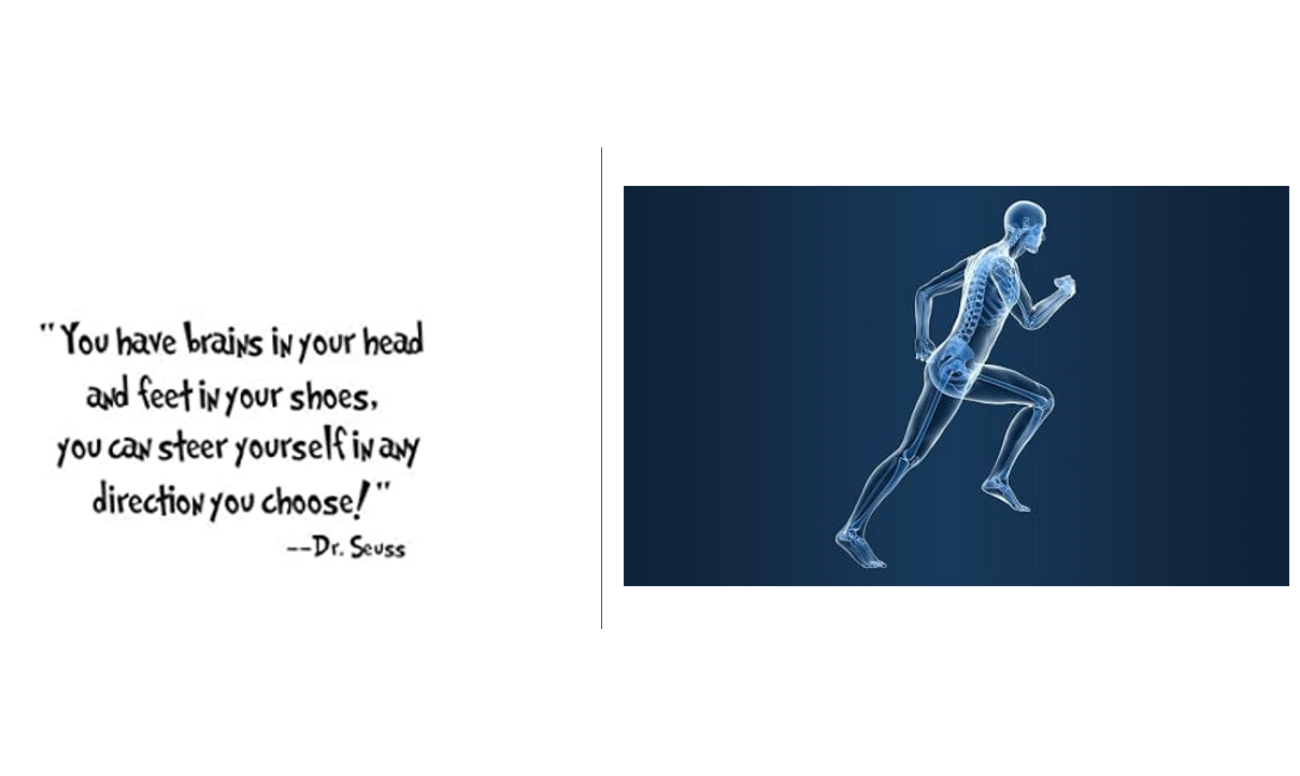Welcome to Denton Foot and Ankle Surgery Specialists
It took me a long while to decide what my first blog post would be about. I mean, I have never written a blog and really did not know where to start. First and foremost, I wanted to once again thank you all for allowing me to care for your foot conditions and treat your pain. I would be unable to do what I love without you as my patients. There are so many subjects about the foot I just love and could discuss for hours on end. But what would I consider one of the most important subjects to inform my patients on? Biomechanics. In podiatry, biomechanics is a study to determine the movement of the ankle, toes, and the foot, as well as the forces that impact them. We train in this specialty in order to effectively diagnose and treat conditions that affect people’s everyday movement.
What would I consider one of the most important subjects to inform my patients on? Biomechanics.
Most disorders we see in the foot can be retraced back to an abnormal biomechanical function. Before we can discuss how foot deformities and foot pain are connected to poor biomechanics it would be helpful to understand normal biomechanics. And it just so happens to be one of my favorite subjects. Normal biomechanics minimizes energy expenditure and reduces stress on the bones, joints, and soft tissues of the lower extremities. Abnormal biomechanics contribute to most of the clinical problems affecting the foot and ankle. Movement of the foot and ankle is a complex action involving many joints and it can get quite complicated, so I am going to do my best to do a good overview of the subject without getting too medical.














